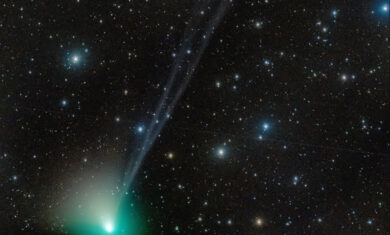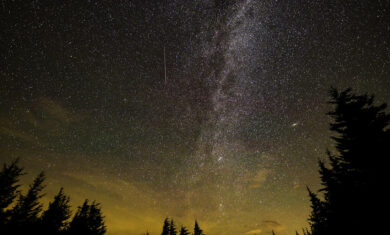Adler Skywatch: July 2022
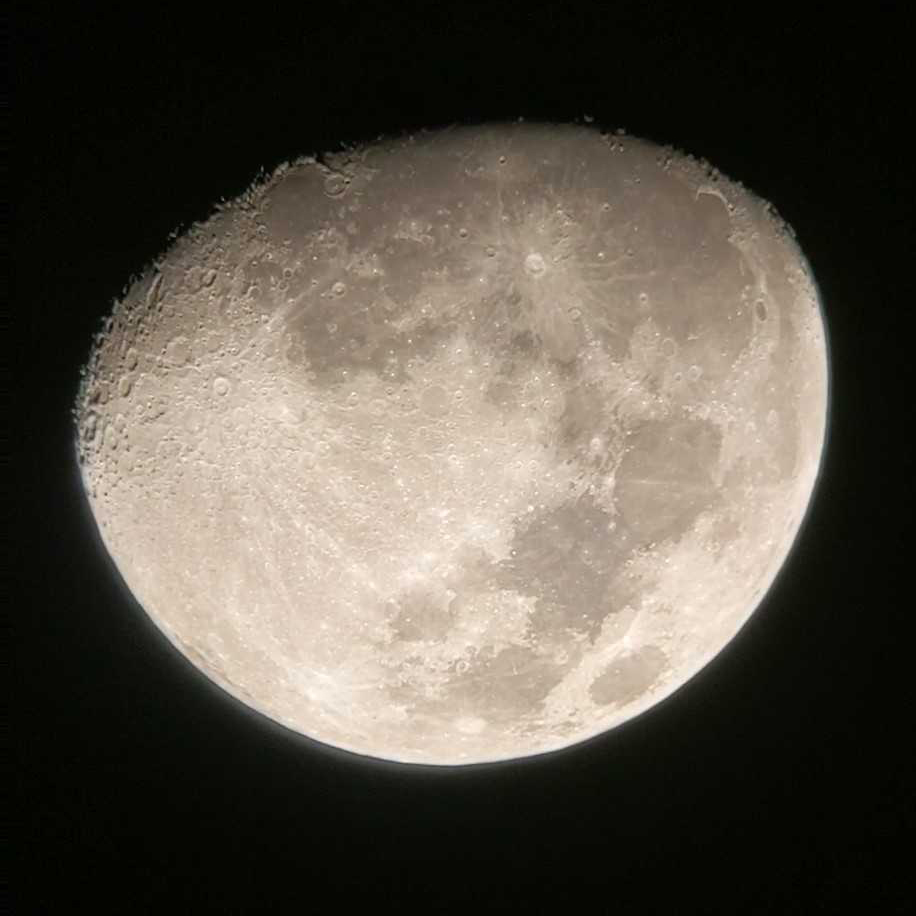
Header Image: Astrophotography picture of the Moon. Image Credit: Nick Lake
Saturn, Jupiter, Mars, and Venus are gathering again during the dark hours of early mornings, and another supermoon occurs this month, July 2022. Here’s your stargazing guide to help you look up all throughout the month!
When And Where To Spot These Five Planets
The planet Saturn rises in the east-southeast around 11:00 pm CT at the start of the month, and around 9:00 pm by month’s end. Brighter than a first-magnitude star, it grows slightly brighter each night this month and will continue to grow brighter during the first half of next month. Saturn should be easy to spot since there are no bright stars within a 20-degree radius of the planet. It crosses the southern sky as the hours of darkness pass; and fades in morning twilight about 30 degrees high in the south at the start of the month, about 15 degrees high in the southwest by month’s end. On the night of July 15 and morning of July 16, look for Saturn near a waning gibbous Moon.
The bright planet Jupiter rises in the east, at about 1:00 am CT at the start of the month and about 11:00 pm by month’s end. It’s easy to spot Jupiter because it’s brighter than any star in the sky. It gets nearly 50 degrees high above the southerly horizon before dawn’s light blots it out. On the morning of July 19, look for Jupiter near a waning gibbous Moon.
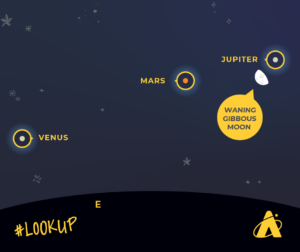
The planet Mars rises in the east-northeast around 1:30 am CT at the start of the month, and around 12:30 am by month’s end. It starts the month less than 20 degrees east of Jupiter, but by month’s end, the planets appear nearly 40 degrees apart. Since Mars is much dimmer than Jupiter, you may want to use the brighter planet as a finder—just look to the left of Jupiter to find orange-colored Mars. The morning of July 21, a waning crescent Moon appears near Mars.
The brightest planet, Venus, rises in the east-northeast less than two hours before the Sun. Venus is even brighter than Jupiter, and its brilliance allows Venus to remain visible for a short time even as the sky lightens. The morning of July 26, a very slim waning crescent Moon appears just above Venus.
The planet Mercury spends most of the month very close to the Sun and thus will be difficult if not impossible to view.
Spot The Annual Delta Aquariid Meteor Shower
The annual Delta Aquariid meteor shower is forecast to peak on the evening of July 29 through the early-morning darkness of July 30. The best time to go out will be after midnight on July 30. Go outside, face south, and look up. The maximum peak meteor rate is expected to be only about five to ten meteors per hour, though viewers in light-polluted urban and suburban locations will see far fewer if any. Delta Aquariid meteors are usually fairly faint. However, because the new Moon falls on July 28 this month, there’s no moonlight to obscure fainter meteors. You can increase your chances of seeing these meteors by finding a clear, dark place for viewing, far from city lights. The radiant point of the Delta Aquariids is the southerly sky; so the further south you are at this time, the greater chance you have of seeing a few more meteors.
Look Up At The Super Thunder Moon
By a common definition, a supermoon occurs when a new or full Moon is within 90 percent of its closest approach to Earth. Last month’s full Moon was considered a supermoon; and so is this month’s, on July 13. For those who watch the Moon on a regular basis, a full supermoon appears about 15 percent bigger and brighter than an average full Moon. Look for yourself and see if you notice the difference—but don’t be surprised if you can’t. It can be hard to tell without an average-sized Moon in the sky to compare it to. This month’s full Moon is known as the Buck Moon, Thunder Moon, and Hay Moon. Here are five more things you should know about supermoons.
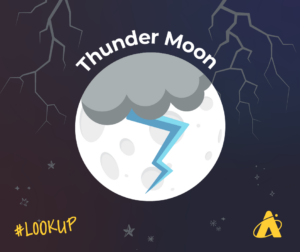
First Quarter Moon: July 6
Full Moon: July 13
Last Quarter Moon: July 20
New Moon: July 28
(Please note: these descriptions are for the Chicago area, using Central time.)
Subscribe To Skywatch Wednesday This July
Tour the night sky weekly with the Adler Planetarium’s Theaters Manager Nick, who uses cutting-edge visualizations, NASA images, and astrophotography to show you what you can see in the night sky throughout the year.




